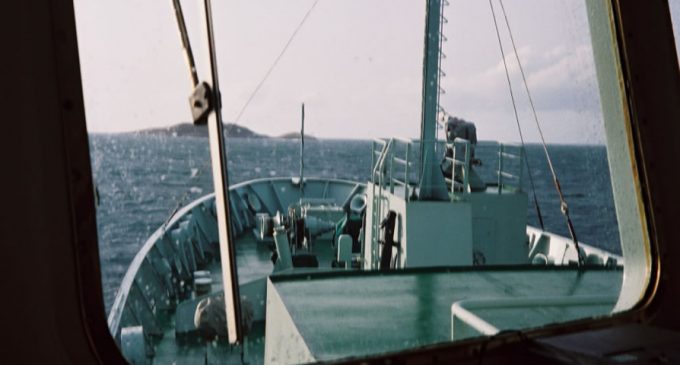Baltic Plan – First Long-term Fishing Plan Under New Common Fisheries Policy

The EU multiannual plan for managing Baltic Sea cod, sprat and herring stocks has been approved by the European Parliament. This is the first new Common Fisheries Policy (CFP) regional plan that takes account of interactions between species. It aims to ensure the sustainability of fisheries and offer fishermen better economic conditions in the long run. Parliament and Council negotiators reached an informal agreement on it in March.
The multispecies management approach is much more effective than managing a single species. It takes account of inter-species interactions, such as cod eating herring and sprats and sprats eating cod roe. The new plan – approved by 480 votes to 68 with 39 abstentions – aims to ensure balanced and sustainable exploitation of these stocks and guarantee stable fishing opportunities and livelihoods for fishermen.
“After ten months of difficult negotiations with the Council and the European Commission we have a plan that upholds and respects the objectives of the basic regulations. In the end this plan will ensure that the fishing activities in the Baltic are conducted in a sustainable, reasonable and economically viable way which will not put unnecessary strain on the environment,” says rapporteur Jarosław Wałęsa (EPP, PL). “The European Parliament showed its commitment to sustainable fishing in the EU and the future for the industry and I must ask the Commission and the Council to do the same.”
Fishing Ranges and Safeguards
The key point of the new multi-species management plan are the ranges within which the Council can set the Total Allowable Catches (TACs) and quotas. These ranges are set so as to ensure the sustainability of fisheries and the plan allows enough flexibility to address all issues for the fishing sector from year to year.
Parliament ensured that the plan includes strong safeguard measures which aim to maintain stocks at sustainable levels. When scientific advice indicates that the spawning stock biomass of any of the stocks concerned is below the minimum spawning stock biomass reference point as set out in an annex to the regulation, all appropriate remedial measures will be taken to ensure rapid return of the stock concerned to levels above the level capable of producing maximum sustainable yield (MSY).
Landing Obligation, Technical Measures and Regionalisation
The plan includes several provisions for enforcing key parts the new CFP, such as the landing obligation (“discard” ban), and regional management. These measures will build on the joint recommendations from the member states. Regional advisory councils will be consulted during this procedure.
Three years after the Baltic plan regulation enters into force and every five years thereafter, the EU Commission will report to Parliament and the Council on the impact of the plan on the stocks and on the fisheries sector.
This Regulation will enter into force on the fifth day after its publication in the EU Official Journal.


































